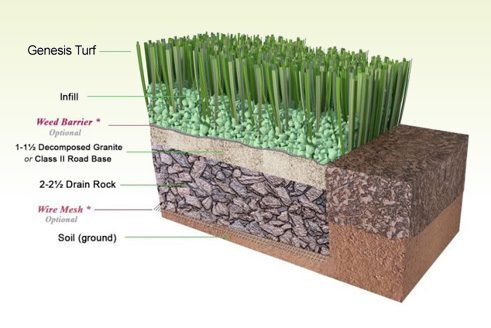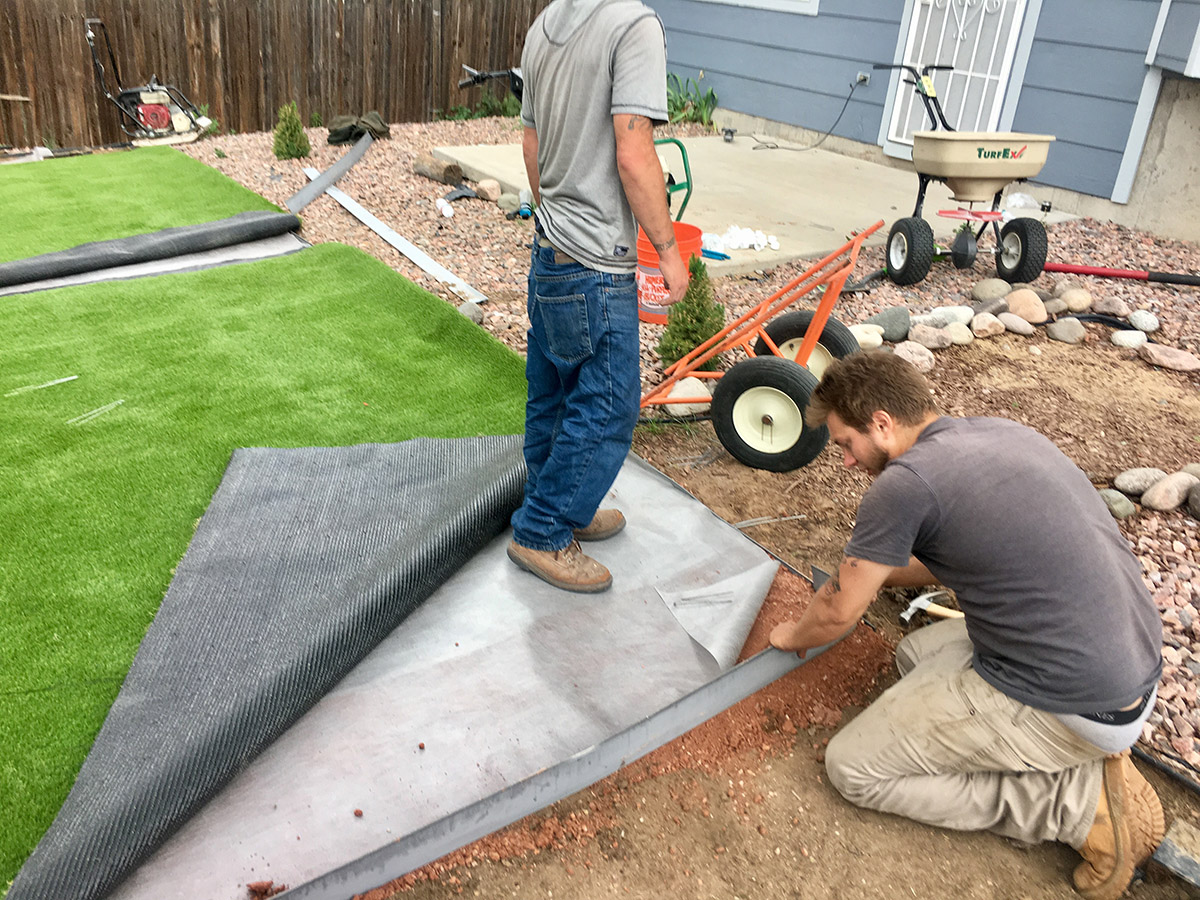Discover the Most Trusted Artificial Turf Companies Phoenix for Your Home or Business
Discover the Most Trusted Artificial Turf Companies Phoenix for Your Home or Business
Blog Article
Delve Into the Environmental Conveniences of Opting for Synthetic Grass Solutions
The fostering of man-made grass options provides an engaging opportunity to deal with pressing environmental obstacles. By significantly lowering water usage and decreasing the application of hazardous chemicals, these options not just advertise sustainable landscape design but likewise safeguard local ecological communities.
Water Conservation Benefits
One of the most considerable advantages of fabricated grass is its capability to preserve water. In contrast, synthetic grass does not require watering, dramatically reducing the total need for water sources.
By getting rid of the demand for routine watering, man-made turf adds to lasting landscape techniques and aids reduce the environmental influence of extreme water intake. The preservation of water expands to the reduction of drainage, which can lead to soil erosion and waterway contamination.
In addition, the installment of fabricated lawn permits home owners and towns to allocate water resources more efficiently, focusing on necessary usages such as drinking water and agriculture. The change towards man-made turf not only promotes liable water use but additionally straightens with broader environmental objectives focused on maintaining natural resources.
As areas progressively prioritize sustainability, the water conservation advantages of man-made lawn provide an engaging situation for its adoption in property and industrial landscape design tasks.
Lowered Chemical Usage
The transition to synthetic lawn substantially lowers the dependence on chemical treatments generally used in all-natural turf maintenance. Typical grass administration commonly entails the application of herbicides, chemicals, and fertilizers to advertise development and control insects. These chemicals can present risks to human health and wellness, neighborhood wild animals, and the environment, contributing to dirt and water contamination.
In contrast, artificial grass gets rid of the demand for these harmful materials. By lessening the release of synthetic substances right into the ecological community, man-made grass advertises healthier soil and water systems.
In addition, the absence of chemical drainage associated with synthetic grass installations helps protect regional waterways from contamination, supporting water life and preserving biodiversity. Arizona turf. As neighborhoods increasingly focus on lasting techniques, selecting fabricated lawn offers a feasible option that lines up with environmental conservation objectives. Via this change, homeowner can appreciate rich environment-friendly areas without endangering environmental health, leading the method for an extra sustainable future
Reduced Carbon Impact

Moreover, the installation of fabricated grass can cause significant water preservation. Natural lawns call for significant see this site quantities of water for watering, which not just adds to the carbon impact related to water removal and treatment but likewise strains neighborhood water resources. In comparison, synthetic grass requires very little upkeep, needing no watering, consequently substantially reducing water usage and its associated energy prices.
Additionally, the longevity of synthetic grass adds to its reduced carbon impact. With a life expectancy of up to 15 years or more, the need for regular replacements is diminished, leading to less waste and reduced energy usage in manufacturing and disposing of conventional turf options. Generally, synthetic grass presents a sustainable choice for ecologically mindful landscaping.
Habitat Conservation
Habitat conservation is a crucial factor to consider in the dispute over landscaping selections, specifically when comparing synthetic grass to natural lawn. Natural yard lawns typically call for considerable maintenance, consisting of the use of fertilizers, herbicides, and chemicals, which can adversely impact neighborhood ecosystems. These chemicals can leach into the soil and rivers, harming native plants and animals and interrupting regional environments.
Man-made lawn eliminates the demand for dangerous chemicals, consequently shielding close-by wildlife and maintaining the integrity of bordering ecosystems. The installation of man-made lawn can lead to the conversion of previous yard locations into even more biodiverse landscapes, such as pollinator yards or indigenous plant areas, which can support regional wild animals.
Inevitably, the change to man-made turf not only preserves water and lowers upkeep efforts but likewise fosters an extra harmonious relationship between human tasks and the natural surroundings, promoting habitat conservation in the procedure.
Long-Term Sustainability
Long-term sustainability is an essential variable in evaluating the benefits of see this here synthetic lawn over conventional grass yards. One of the most significant benefits of synthetic grass is its sturdiness; it can last approximately 15-20 years with marginal upkeep, whereas all-natural turf requires regular reseeding and substitute. This longevity decreases the need for constant sources, such as water, fertilizers, and chemicals, which are essential for preserving a healthy and balanced turf yard.
Furthermore, synthetic grass contributes to a reduction in carbon exhausts related to grass treatment equipment. Conventional lawns frequently call for gas-powered lawn mowers, trimmers, and blowers, every one of which add to air contamination. Artificial turf companies phoenix. On the other hand, synthetic grass eliminates the demand for such devices, advertising a cleaner atmosphere
Moreover, the production of synthetic grass progressively uses recycled products, improving its sustainability account. As manufacturers take on environment-friendly practices, the ecological footprint of synthetic grass proceeds to reduce.

Final Thought
The adoption of artificial lawn services presents substantial environmental benefits, consisting of significant water preservation, reduced dependence on hazardous chemicals, and a reduced carbon impact. Man-made turf help in maintaining natural habitats by reducing land disturbance and promoting long-lasting sustainability via the use of durable products. Jointly, these variables underscore the possibility of fabricated turf to add positively to ecological health and offer a sensible option to conventional landscaping techniques in a significantly resource-conscious world.
In useful source contrast, man-made turf does not need watering, considerably decreasing the total demand for water sources. By reducing the launch of artificial substances right into the environment, artificial turf promotes much healthier soil and water systems.
Additionally, the setup of fabricated lawn can result in significant water preservation. In contrast, synthetic turf requires minimal upkeep, calling for no watering, thereby dramatically decreasing water use and its linked power expenses.

Report this page